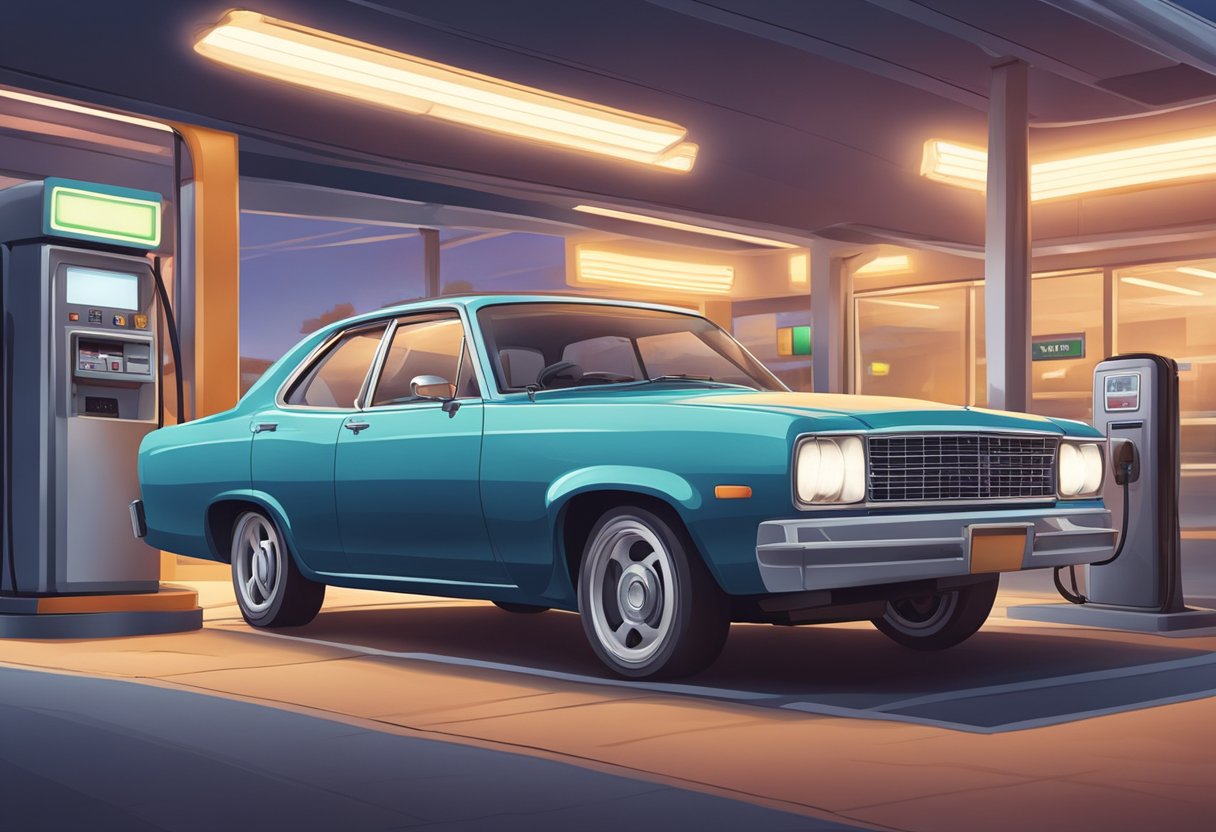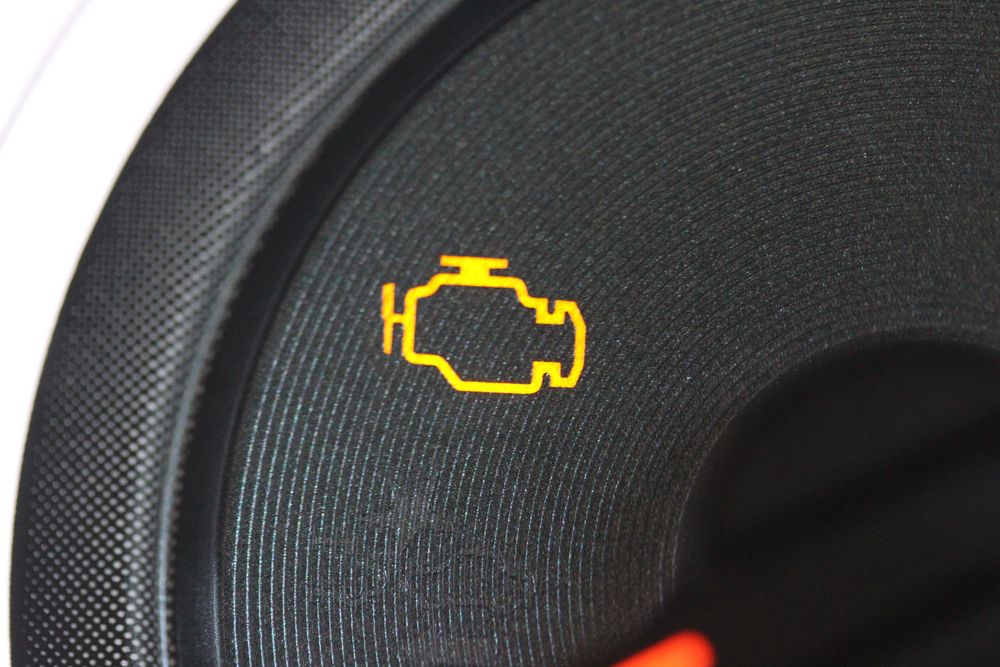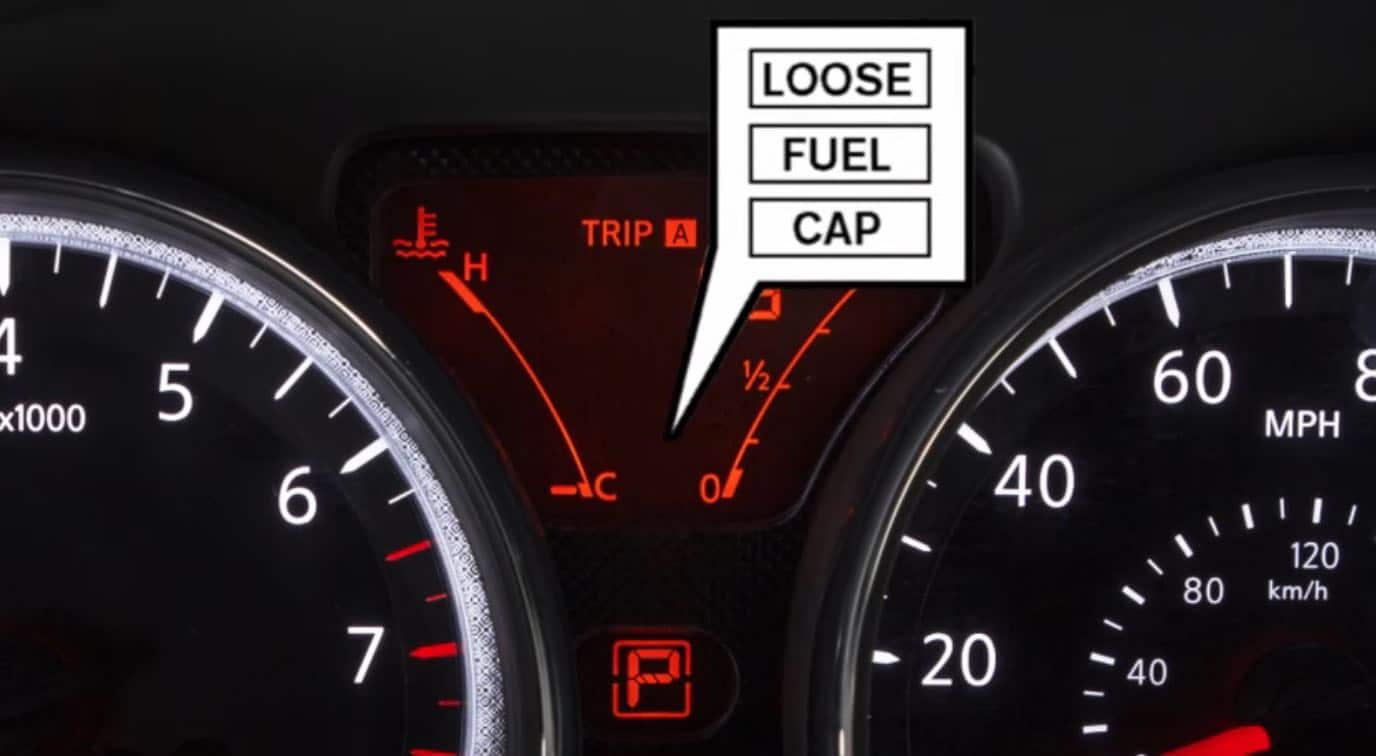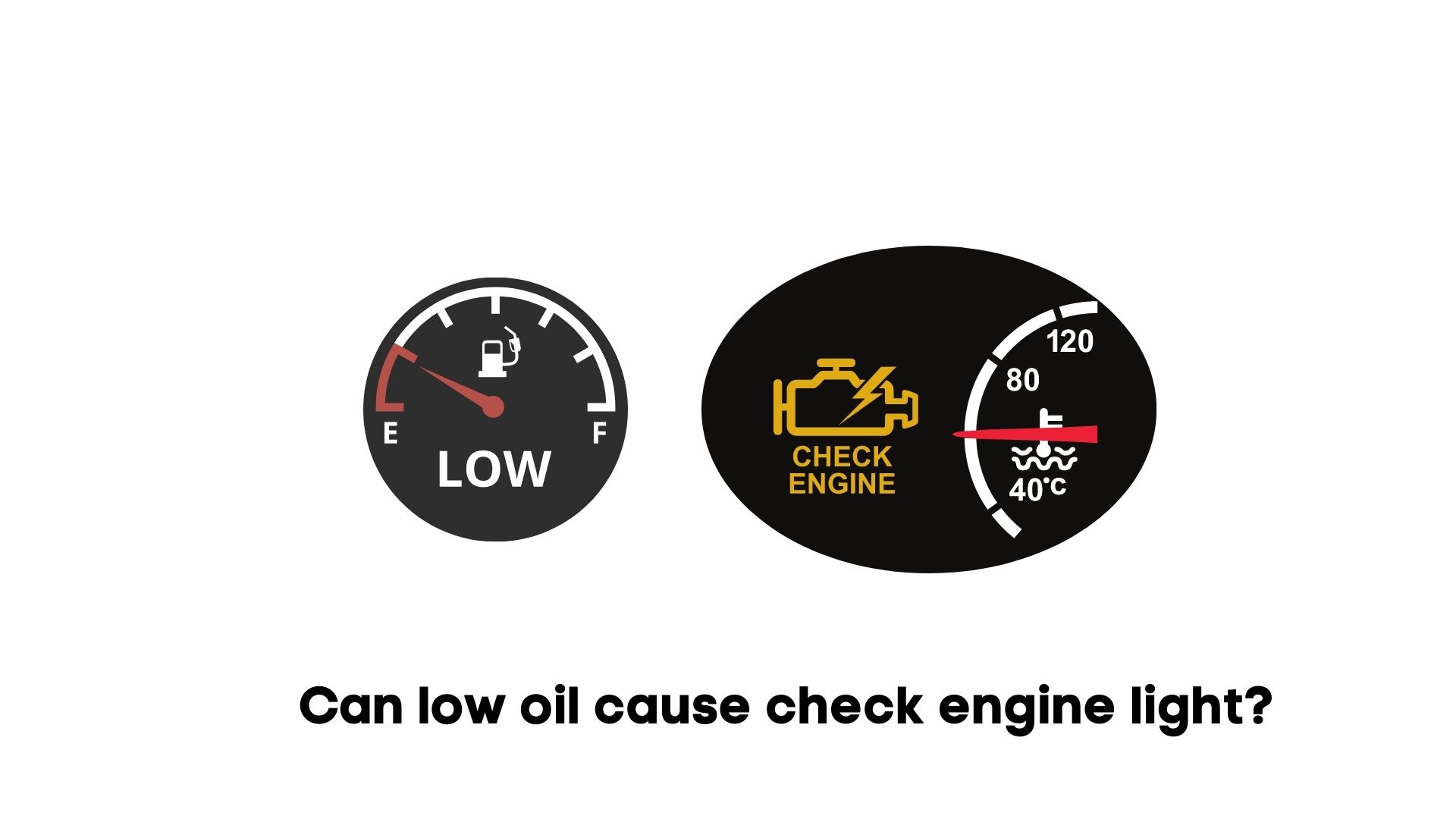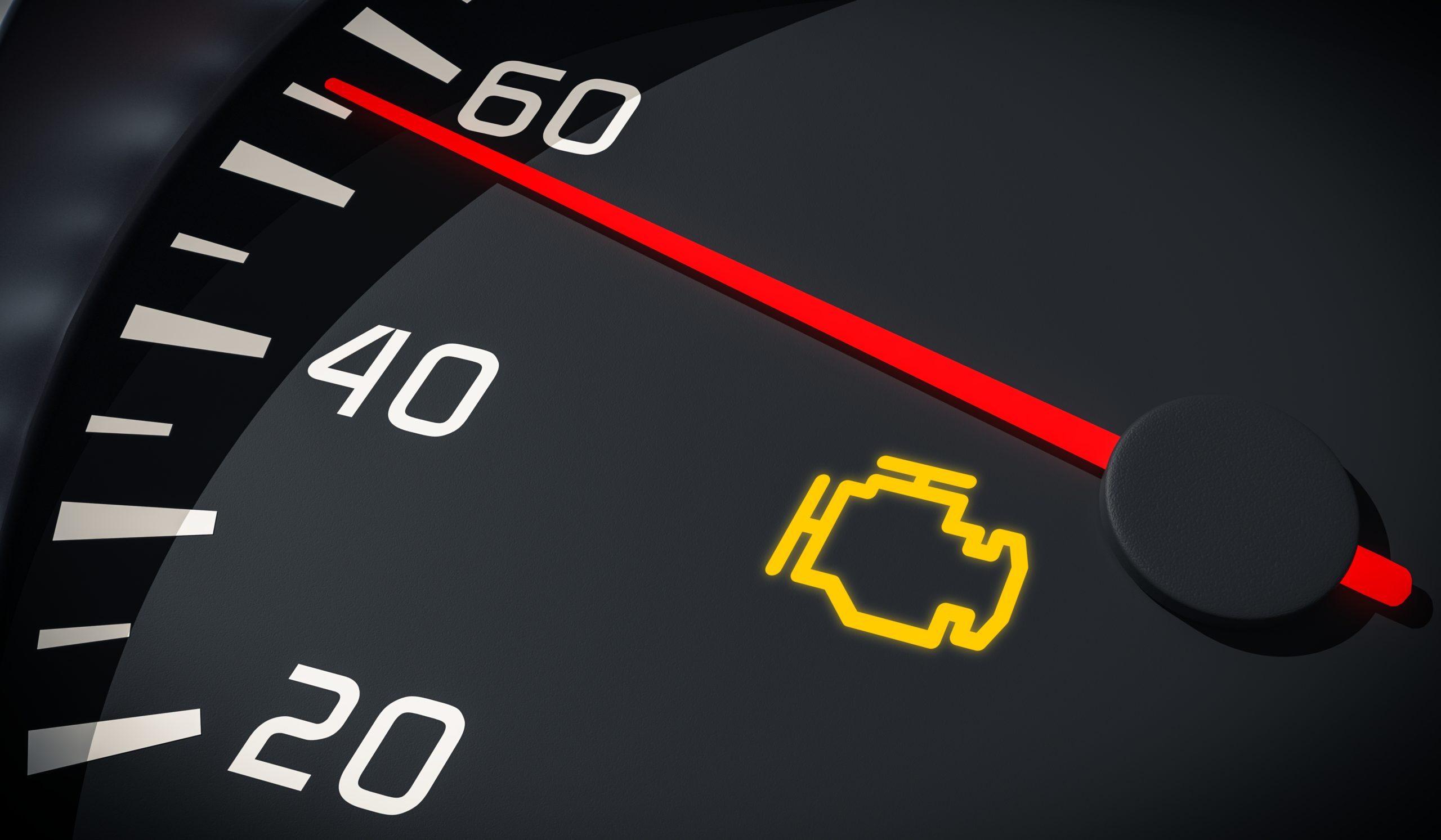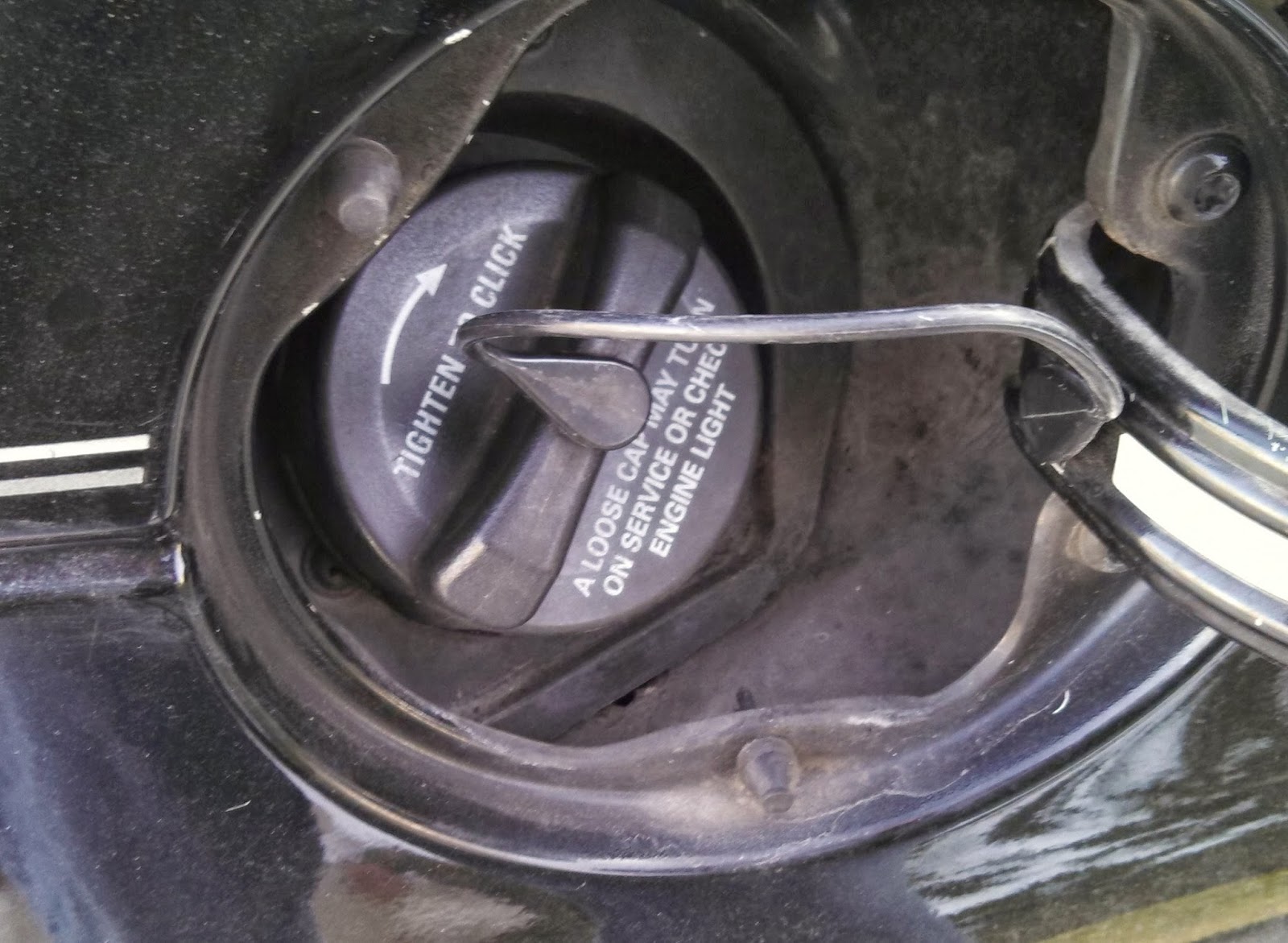Can Gas Cap Cause Engine Light

A seemingly insignificant piece of your vehicle, the gas cap, could be the culprit behind that dreaded illuminated check engine light. While many drivers associate this warning with major engine malfunctions, a loose or faulty gas cap is a surprisingly common trigger.
But how can something so simple cause such a complex warning?
The Humble Gas Cap: More Than Meets the Eye
The gas cap is more than just a lid for your fuel tank. It’s a crucial component in maintaining the integrity of your vehicle's evaporative emission control (EVAP) system.
The EVAP system prevents harmful gasoline vapors from escaping into the atmosphere. A loose or damaged gas cap compromises this system, leading to a pressure leak.
The Nut Graf: Unpacking the Issue
A loose, damaged, or missing gas cap is a frequent reason for the check engine light to illuminate. This seemingly small issue impacts the EVAP system, responsible for preventing fuel vapors from escaping. When the system detects a leak, often triggered by an improperly sealed gas cap, it signals the car's computer, which in turn activates the check engine light. While seemingly minor, neglecting a faulty gas cap can lead to increased emissions and potential fuel efficiency reduction. Diagnosing and addressing the problem is crucial for both vehicle performance and environmental responsibility.
How a Faulty Gas Cap Triggers the Check Engine Light
Modern vehicles are equipped with sophisticated onboard diagnostic systems (OBD). These systems constantly monitor various sensors throughout the car, including those related to the EVAP system.
When the OBD system detects a pressure leak within the EVAP system, it interprets this as a potential emission problem.
This leak is often due to an improperly sealed gas cap, the system logs a diagnostic trouble code (DTC) and illuminates the check engine light.
Common Diagnostic Trouble Codes
Several DTCs are associated with gas cap issues. The most common is P0455, indicating a large EVAP leak.
Other codes, such as P0456 (small leak) and P0457 (loose or missing gas cap), may also appear. These codes help mechanics pinpoint the source of the problem.
However, it's important to note that these codes could also indicate other EVAP system issues, necessitating further investigation.
Beyond the Light: Potential Consequences
While a loose gas cap may seem like a minor inconvenience, ignoring it can have several consequences. Firstly, a compromised EVAP system leads to increased emissions.
This contributes to air pollution and can result in failing emissions tests in areas with vehicle inspection programs.
Furthermore, a faulty gas cap can slightly reduce fuel efficiency as fuel vapors escape instead of being burned by the engine.
Fuel Efficiency Impact
The impact on fuel efficiency is generally minor, but over time it can add up. Some studies suggest a reduction of 1-2% in fuel economy with a significantly leaking gas cap.
While not dramatic, this decrease, combined with environmental concerns, emphasizes the importance of a properly functioning gas cap.
Diagnosis and Solutions
The first step in addressing a suspected gas cap issue is to check the cap itself. Ensure it's tightened properly until it clicks, indicating a secure seal.
Inspect the cap for any cracks, damage, or a worn rubber gasket.
If the cap appears damaged, it should be replaced immediately. Replacement gas caps are readily available at auto parts stores and are relatively inexpensive.
When to Seek Professional Help
If tightening or replacing the gas cap doesn't extinguish the check engine light, a more thorough diagnostic check is necessary. The EVAP system has several other components, including hoses, valves, and a charcoal canister.
A qualified mechanic can use specialized equipment, such as a smoke machine, to identify leaks in these components.
They can also properly diagnose if the issue stems from something more serious than the gas cap.
Expert Opinions and Industry Insights
According to the Environmental Protection Agency (EPA), maintaining a properly functioning EVAP system is crucial for reducing vehicle emissions.
Automotive experts frequently cite the gas cap as the most common and easily rectified cause of EVAP system-related check engine lights. "It's often the first thing we check," states John Smith, a certified mechanic with 20 years of experience.
He emphasizes the importance of a proper seal for maintaining system pressure and preventing vapor leaks.
The Future of EVAP Systems
As vehicle technology advances, EVAP systems are becoming increasingly sophisticated. Automakers are continuously developing more efficient and robust systems to minimize emissions.
Future systems may incorporate enhanced leak detection technologies, providing even more accurate diagnostics.
Regardless of technological advancements, the humble gas cap will likely remain a critical component in ensuring a properly functioning EVAP system.
Conclusion: A Simple Solution to a Common Problem
The check engine light can be alarming, but remember that a loose or faulty gas cap is a common and easily addressed cause. Checking the cap should always be the first step in diagnosing this problem.
By ensuring a tight seal, you can help protect the environment, maintain optimal fuel efficiency, and avoid unnecessary trips to the mechanic.
Addressing a faulty gas cap is a simple yet effective way to keep your vehicle running smoothly and responsibly.



